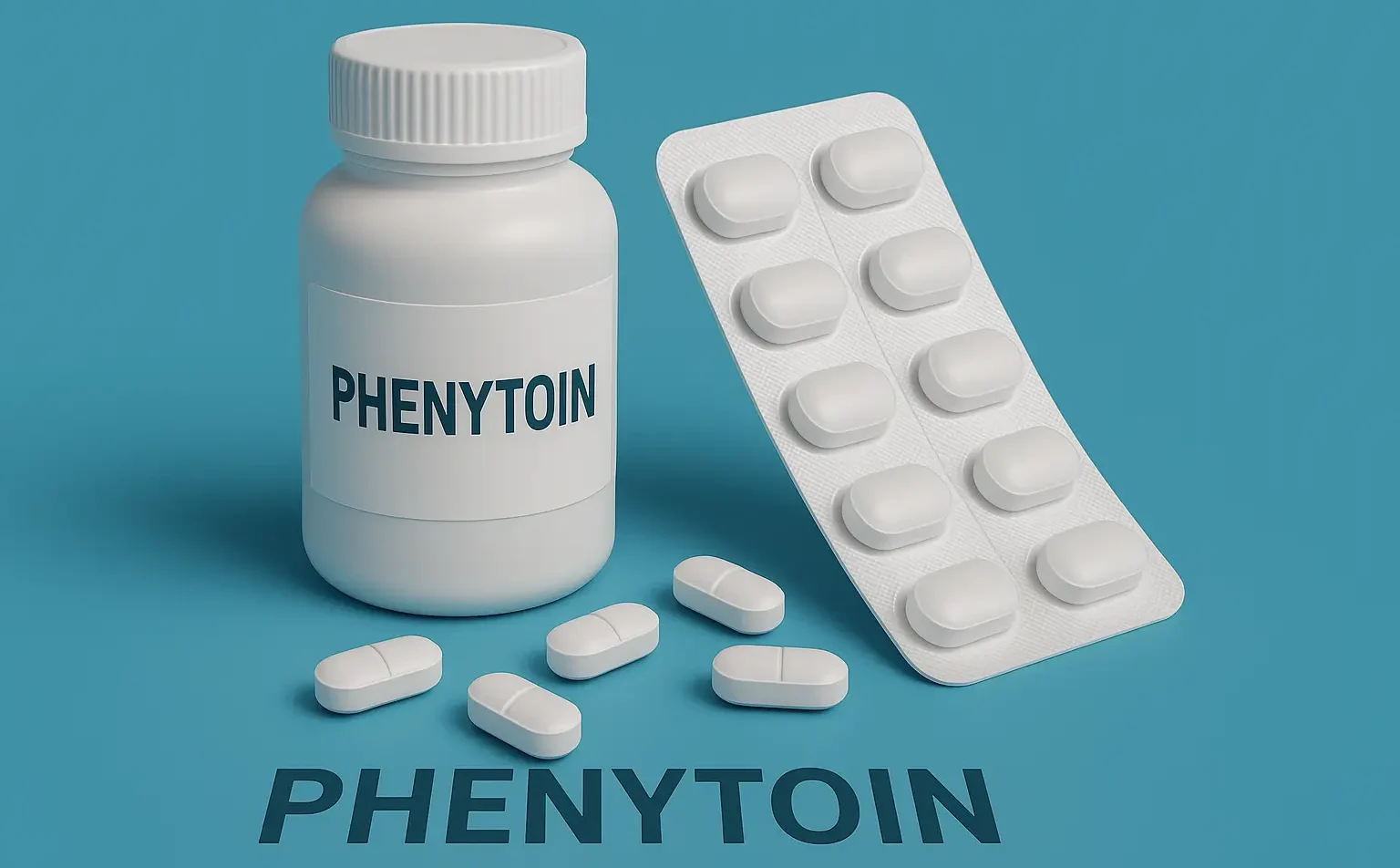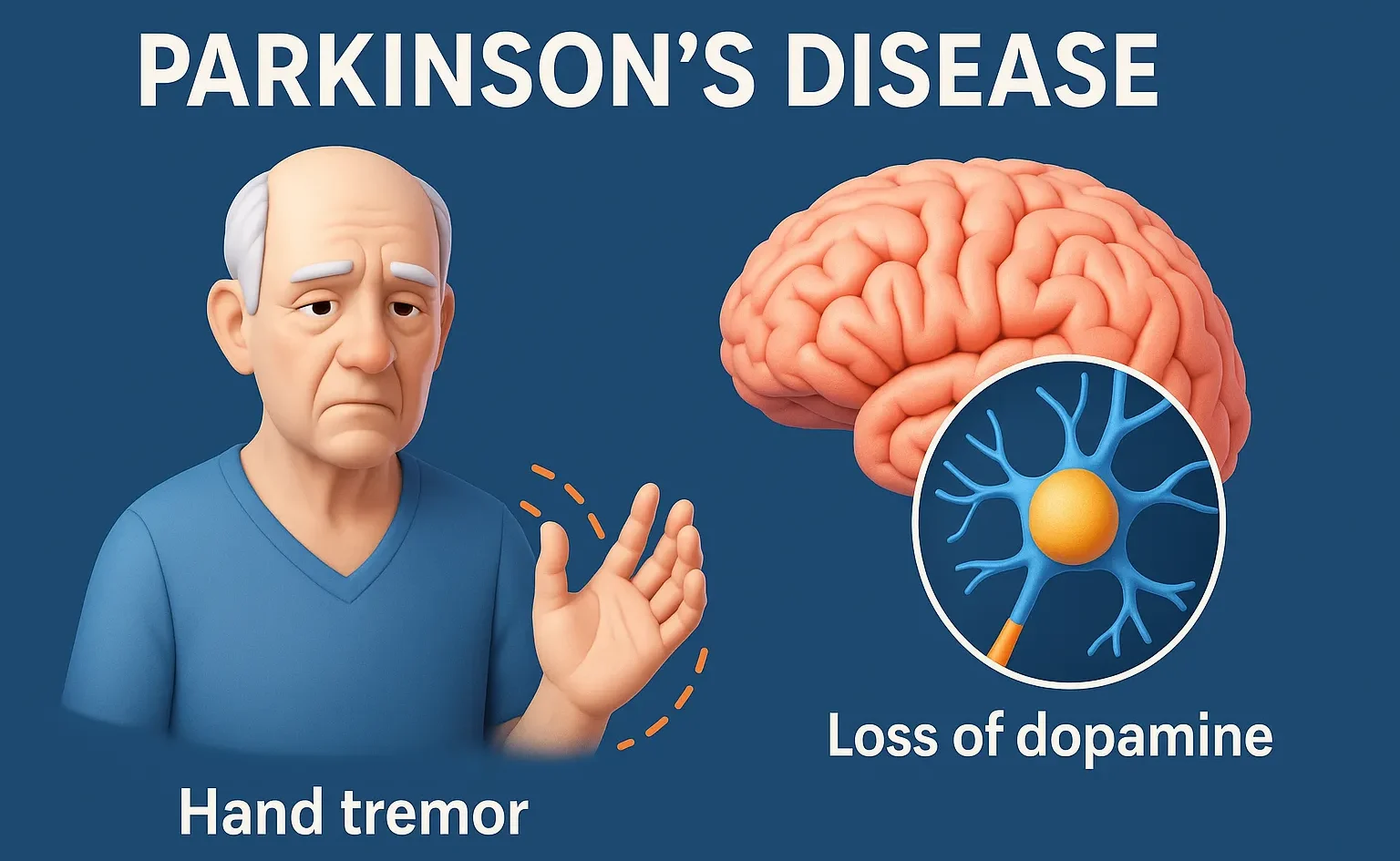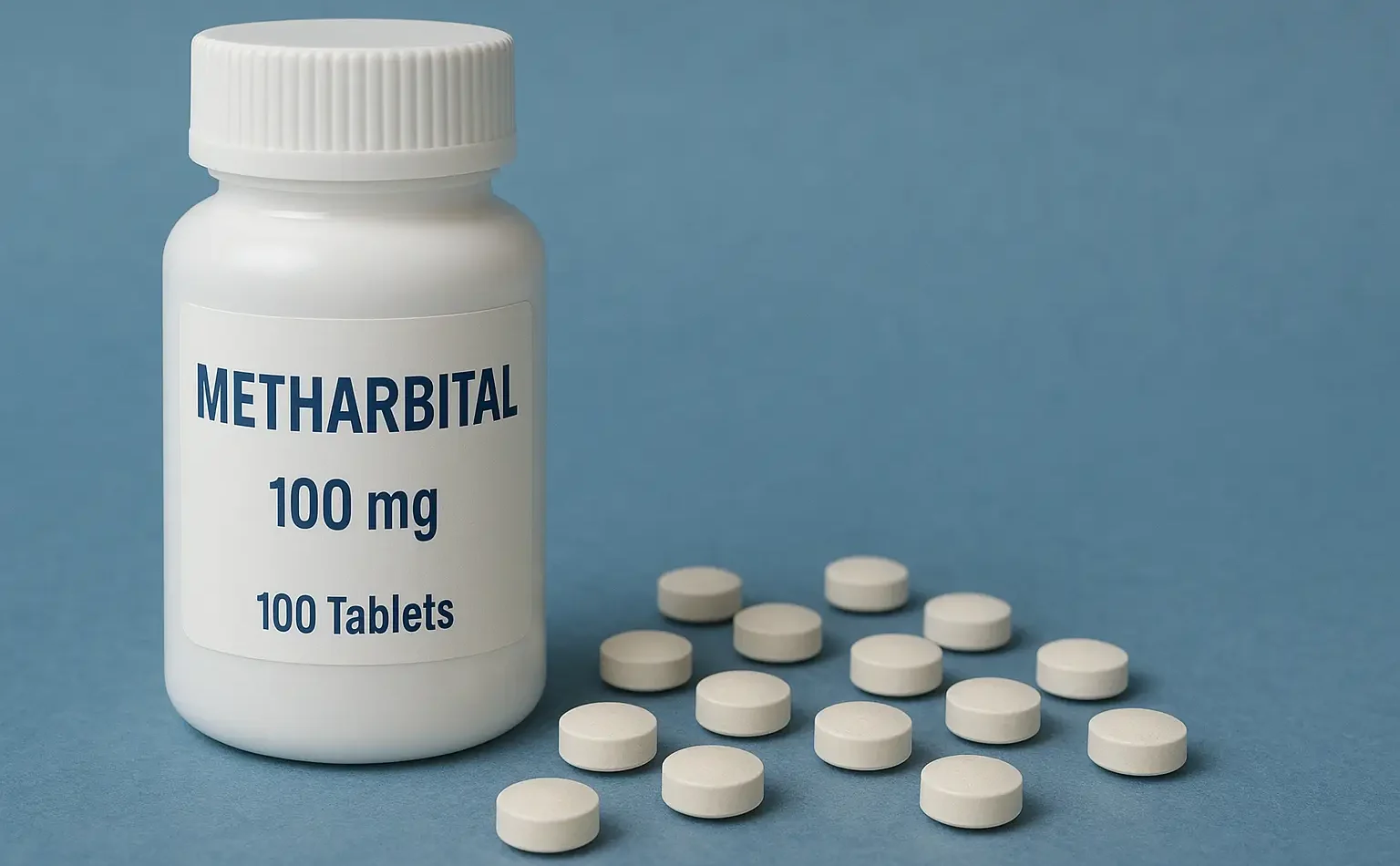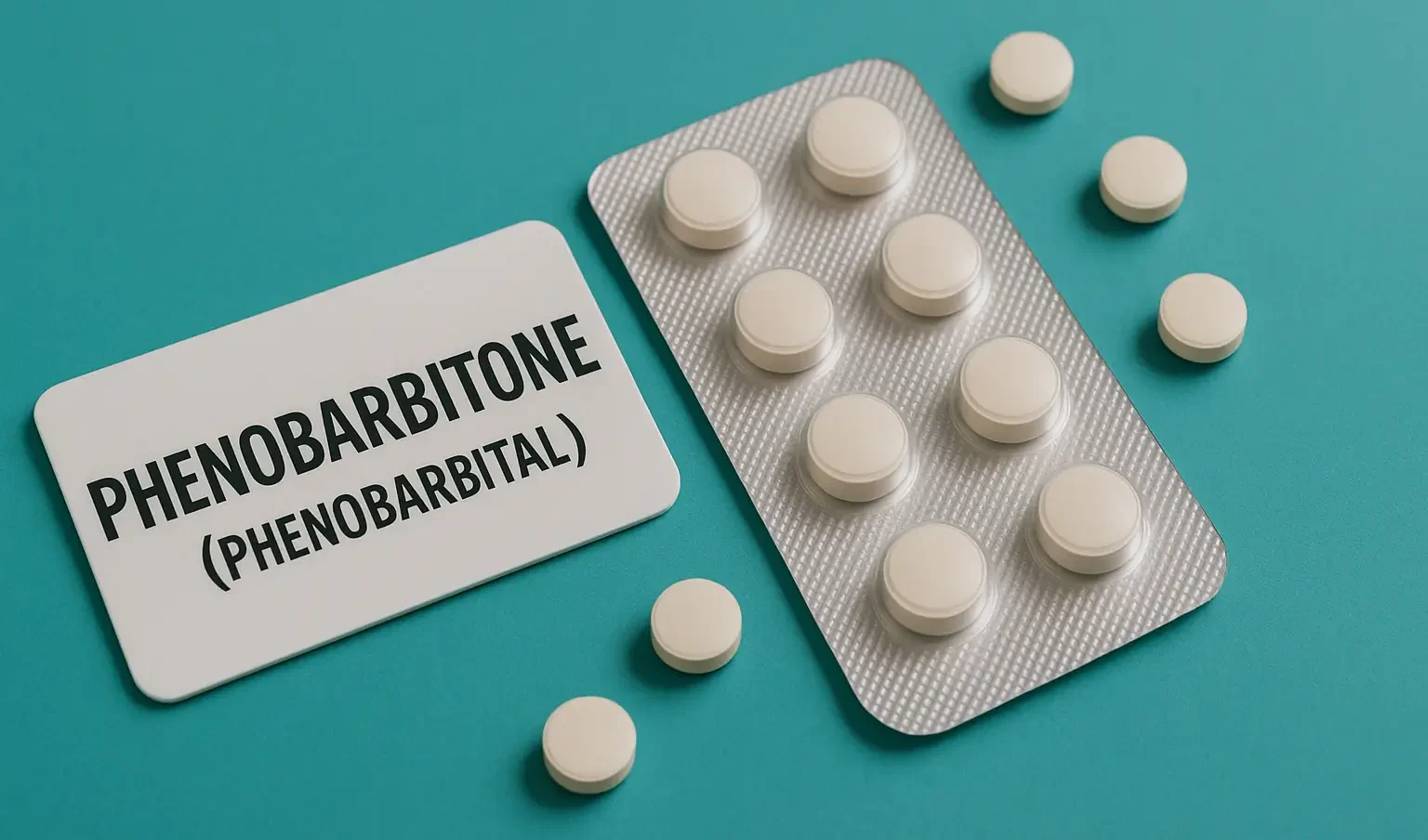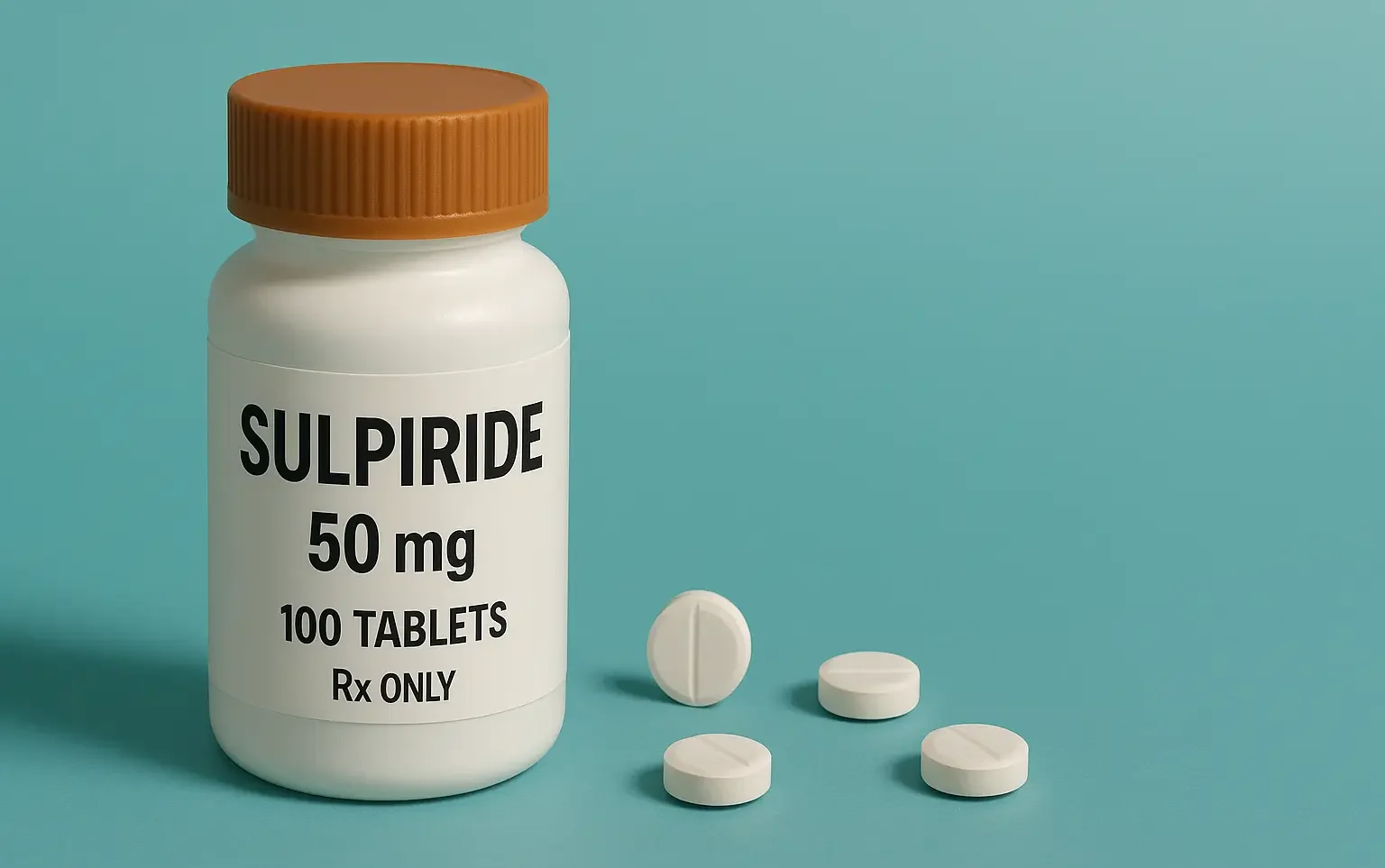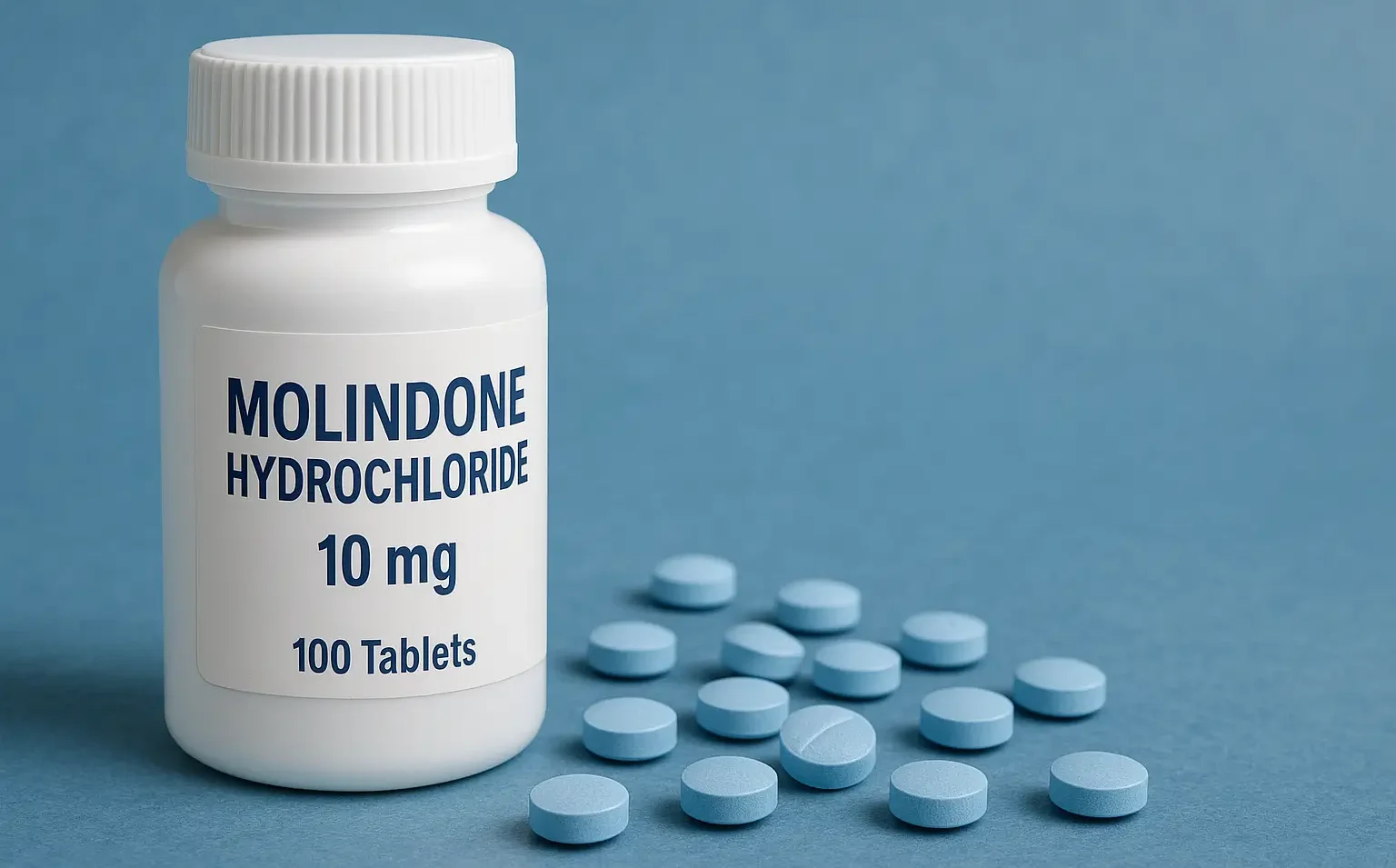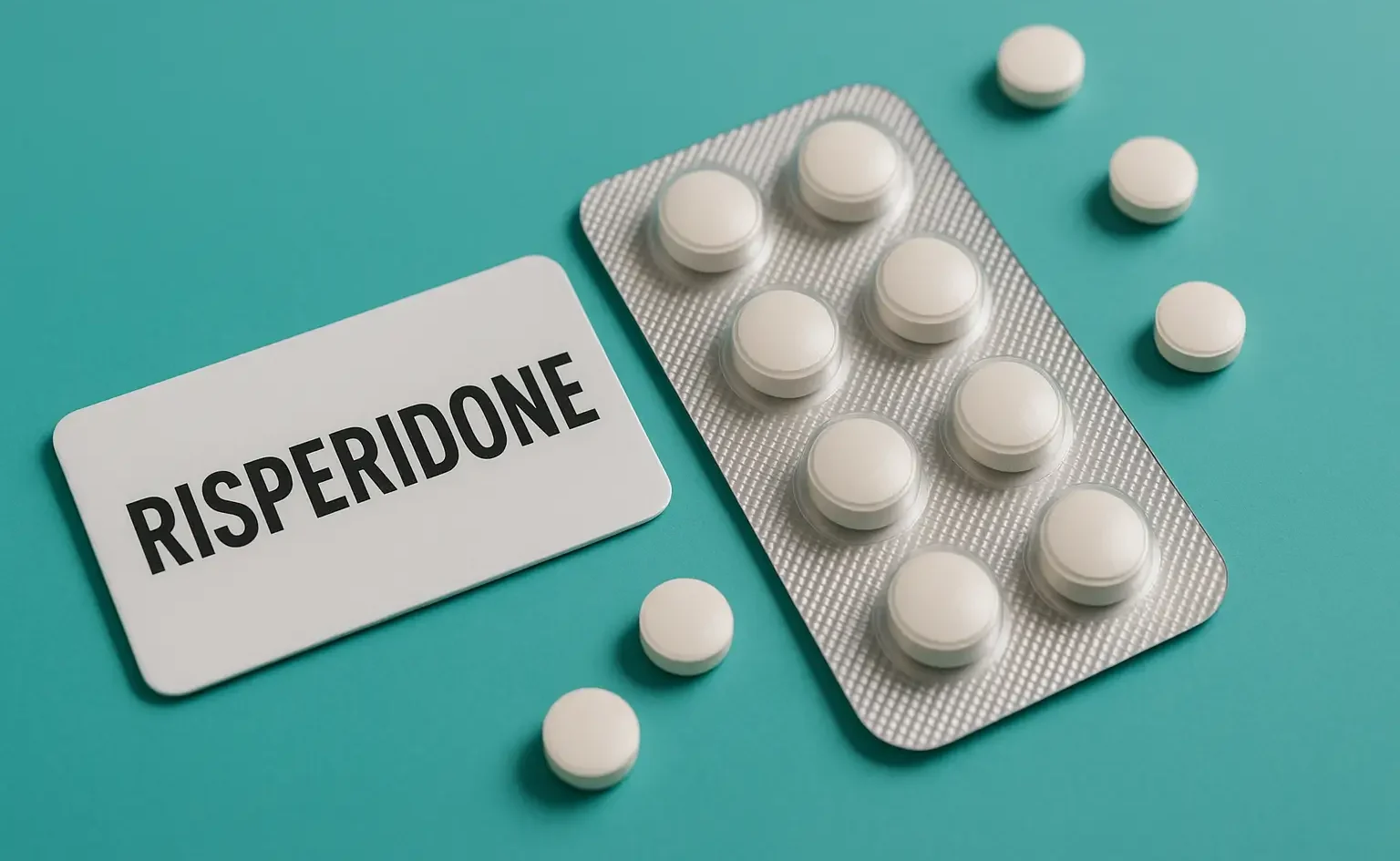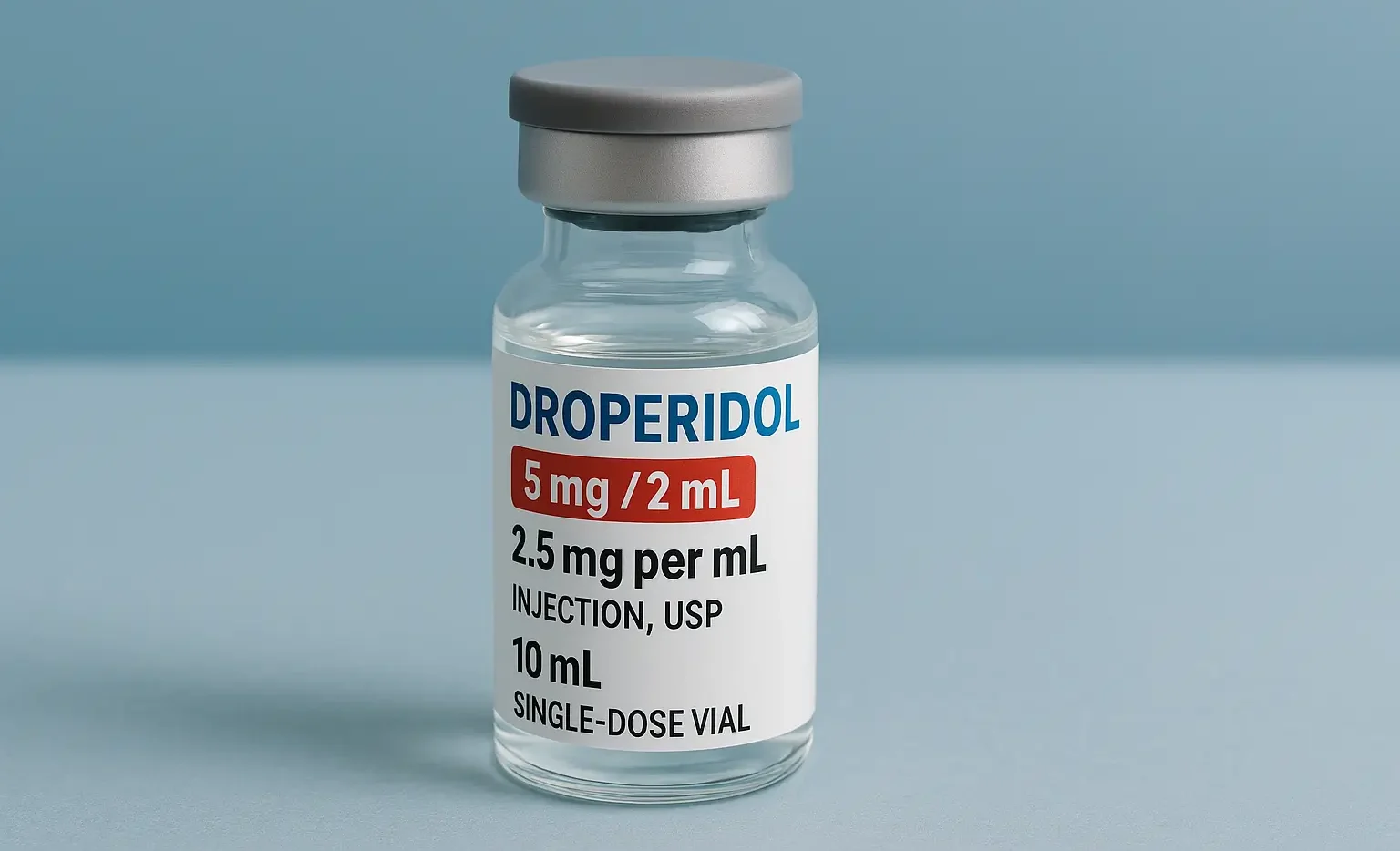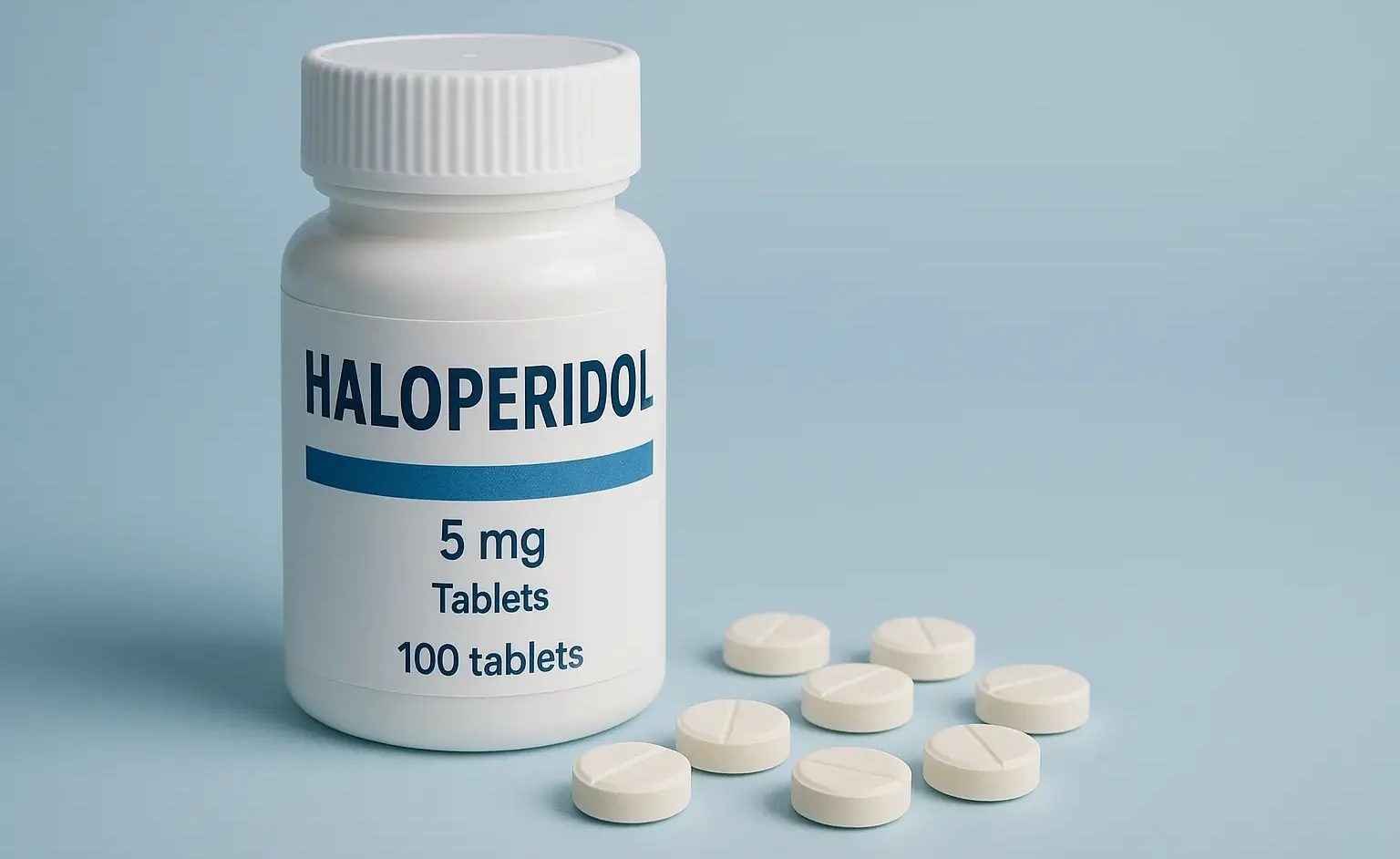Phenytoin
Phenytoin controls generalized tonic-clonic and partial seizures effectively. It stabilizes neuronal membranes by blocking voltage-gated sodium channels. Chemical Formula: C₁₅H₁₂N₂O₂ Mechanism of Action: Blocks Na⁺ channels in a use-dependent manner → stabilizes hyperexcited neurons. Prevents repetitive firing. Therapeutic Uses: Tonic-clonic seizures Focal (partial) seizures Status epilepticus (IV loading) Side Effects: Gingival hyperplasia Hirsutism Ataxia, diplopia … Read more

